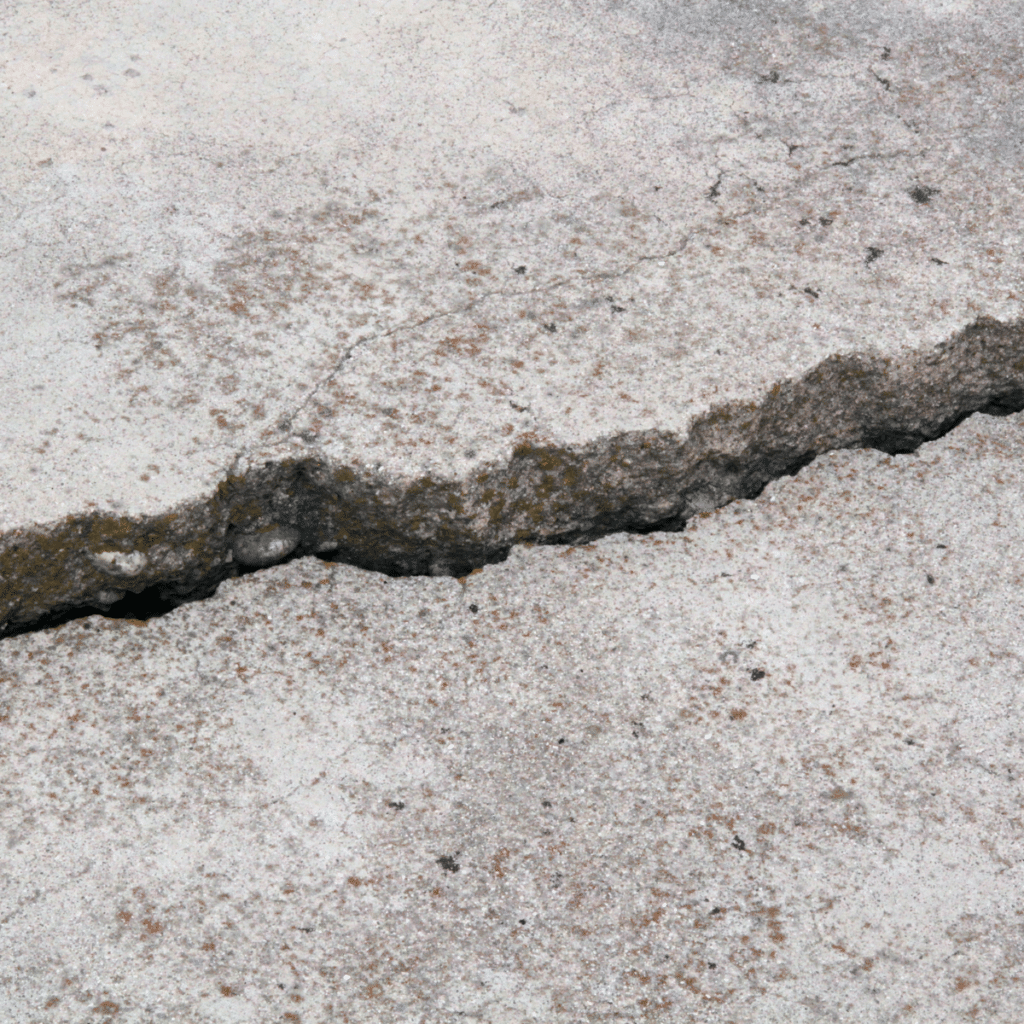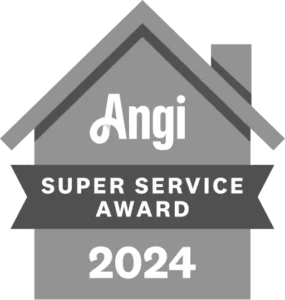Identifying Common Concerns For Concrete Surfaces
As a homeowner, your driveway, patio or foundation is more than just a functional part of your property — it’s a vital element of your home’s safety and stability. At G.L. Hunt, we understand the importance of protecting these surfaces from damage like driveway heaving or concrete settling.
These issues can seem small at first but often lead to costly repairs and safety concerns if left untreated. Let’s dive into the differences between concrete heaving and settlement, how to spot them and how we can help.

What Is Concrete Heaving?
Concrete heaving occurs when external forces push your concrete upward. In Texas, this is often caused by our expansive clay soils — which are known for swelling when wet and shrinking when dry. Frost heave (which is rare in Texas but still a concern in certain areas) and invasive tree roots can also be culprits.
Signs of driveway heaving or a heaving foundation include:
- Uneven surfaces that are higher in certain spots.
- Visible cracks in the concrete.
- Raised sections that create tripping hazards.
If you notice these signs, it’s crucial to address them early. Texas’ soil conditions mean heaving can worsen quickly, especially during rainy seasons or extended droughts.
Understanding Concrete Settlement
Concrete settling is the opposite problem: the surface sinks due to weakened or eroded soil beneath it. This often happens when the soil isn’t compacted correctly during construction or when poor drainage washes soil away over time.
Common signs of concrete settling include:
- Sunken driveways or patios that slope downward.
- Gaps between the concrete and surrounding structures, like your home’s foundation.
- Uneven or unstable surfaces.
In Texas, where sudden rainfall can erode soil rapidly, concrete settlement is a frequent issue. If ignored, it can lead to structural damage and costly repairs.
Key Differences Between Heaving and Settlement
Although they might look similar at first glance, concrete heaving and settlement have very different causes and solutions:
- Cause — Heaving is caused by upward pressure from expanding soil or roots, while settlement results from sinking soil or erosion.
- Appearance — Heaving creates raised sections, while settlement causes depressions or sloping.
- Impact — Both create safety risks and structural challenges, but they require tailored solutions to address the root cause effectively.
Understanding these differences is important for ensuring the right repair method is applied.
Why Addressing These Issues Is Crucial For Texas Homeowners
Ignoring driveway heaving or concrete settling can lead to serious consequences that no homeowner should overlook. Uneven surfaces not only create tripping hazards but can also cause structural damage. Over time, these problems tend to worsen, and the longer they are left unaddressed, the more costly the repairs become.
At G.L. Hunt, we understand that Texas homeowners value trustworthiness and safety. That’s why we’re dedicated to providing reliable solutions to prevent further damage and restore your concrete surfaces to ensure your home remains secure and functional.
How G.L. Hunt Helps With Driveway Heaving And Concrete Settling
When it comes to addressing concrete issues, experience matters. At G.L. Hunt, we specialize in identifying the root cause of problems and implementing tailored solutions to ensure lasting results.
Our comprehensive services include concrete lifting, leveling and sealing, along with advanced techniques to address a wide range of concerns. Whether you’re dealing with uneven surfaces, cracks or structural instability, our team has the expertise and tools to restore your concrete to its optimal condition.
With G.L. Hunt, you can trust that your home is in capable hands.
Tips For Preventing Concrete Heaving And Settlement
While some factors are out of your control, there are steps you can take to minimize the risk of concrete damage:
- Ensure rainwater flows away from your home and concrete surfaces.
- Look for early signs of heaving or settling, like cracks or uneven surfaces.
- Keep large trees a safe distance from concrete to prevent root interference.
- Don’t place heavy equipment or vehicles on vulnerable areas.
These proactive measures can help boost the life of your concrete and reduce the need for repairs.
Trust G.L. Hunt For Concrete Repairs In Texas
At G.L. Hunt, we’ve been helping Texas homeowners safeguard their properties for decades. Whether you’re dealing with a heaving foundation or concrete settling, our team is here to provide trusted, effective solutions.
Don’t let these issues compromise your home’s safety or value. Contact G.L. Hunt to schedule an inspection and take the first step toward protecting your property.







